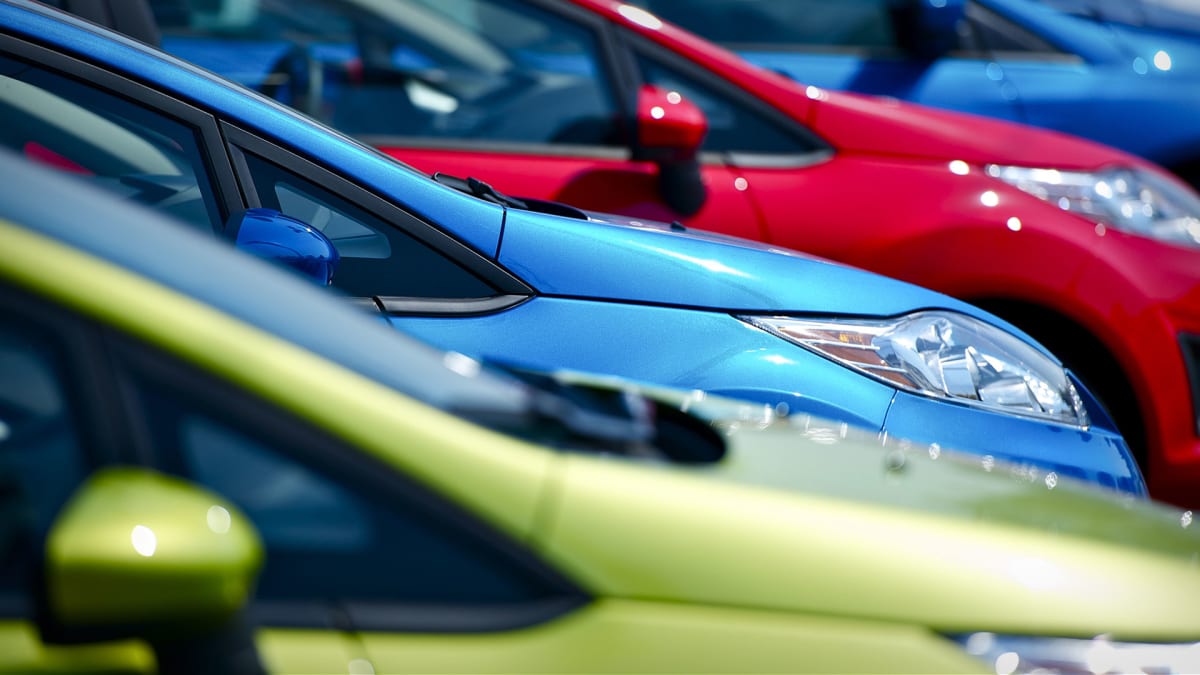
Car colors can settle deep into one's cultural and emotional framework -- even if they weren't alive at the time, many still associate a certain type of brightly-colored van with the freedom-loving 1960s.
Still others will remember a bright car driving around their childhood neighborhood or have visions of themselves racing down the highway in a red convertible.
Different decades also bring with them different car color trends and preferences. For cars produced between 1971 and 1979, blue was by far the most popular color both globally and in the U.S.
Two decades later, 44% of cars produced in the 1990s were either red or black, while the modern era brought with it a bigger interest in muted colors. By the mid-2000s, over 54% of all new cars leaving the lot were either black, white, or gray.
This Was The Most Popular Car Color of 2022
The trend toward cars that do not make a color statement has continued into the 2010s and 2020s. A German chemicals company that produces the paints used by many major car companies, BASF recently reported 39% of all passenger cars produced in 2022 were painted white.
The report excludes commercial and fleet cars but is consistent across different countries and continents -- white was the most popular new car color in North and South America, Asia, Europe, the Middle East, and Africa. The two next most-popular colors were black and gray, at a respective 18% and 16%, but white was the clear front-runner due to what BASF calls its "classic, timeless beauty and high resale value."
Taken together, brighter "chromatic" colors such as blue, red, green, and yellow accounted for less than 20% of the total cars purchased. Among those, blue was the most popular choice at 8% around the world.
At the same time, those who do look outside the box tend to go all the way -- colors like purple, orange, green, and yellow are more popular than they were in 2021 and 2020.
"White and black increased this year, but the bigger story is diversity in the chromatic colors," Mark Gutjahr, head of Automotive Color Design, says in a statement. "When you add the market share of yellow, orange, brown, and green, you can see more hues and diversity, reflecting a more nuanced color palette and a depth and breadth of color that has developed in the last year or two."

Remember That Color-Changing Car From BMW?
New generations will undoubtedly have new color preferences that, at some point, may not be a single color at all.
At last year's CES, BMW (BMWYY) unveiled paint technology that would allow a driver to push a button and change car colors. While the initial prototype went from black to white, BMW unveiled a new range of colors at the 2023 conference -- videos of the car model show it going from red to yellow or purple to green.
CES is a way for technology companies to show off some of their most outlandish and futuristic ideas, so it is extremely unlikely that this type of model will be available to buy commercially at any sort of reasonable price any time soon.
But the general industry trend has undoubtedly been moving toward customization as more manufacturers try to offer buyers willing to pay for it greater feature choice than ever before.







